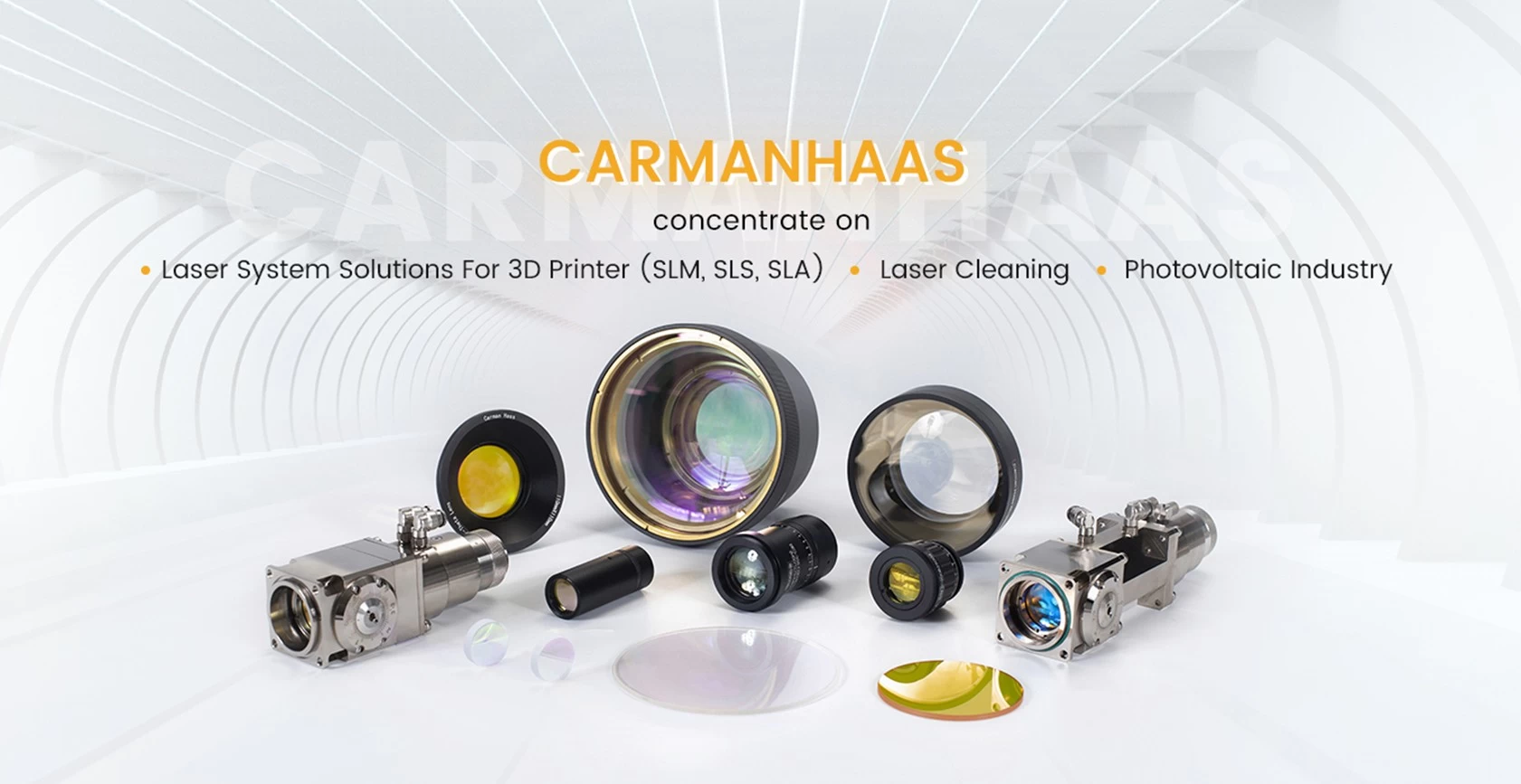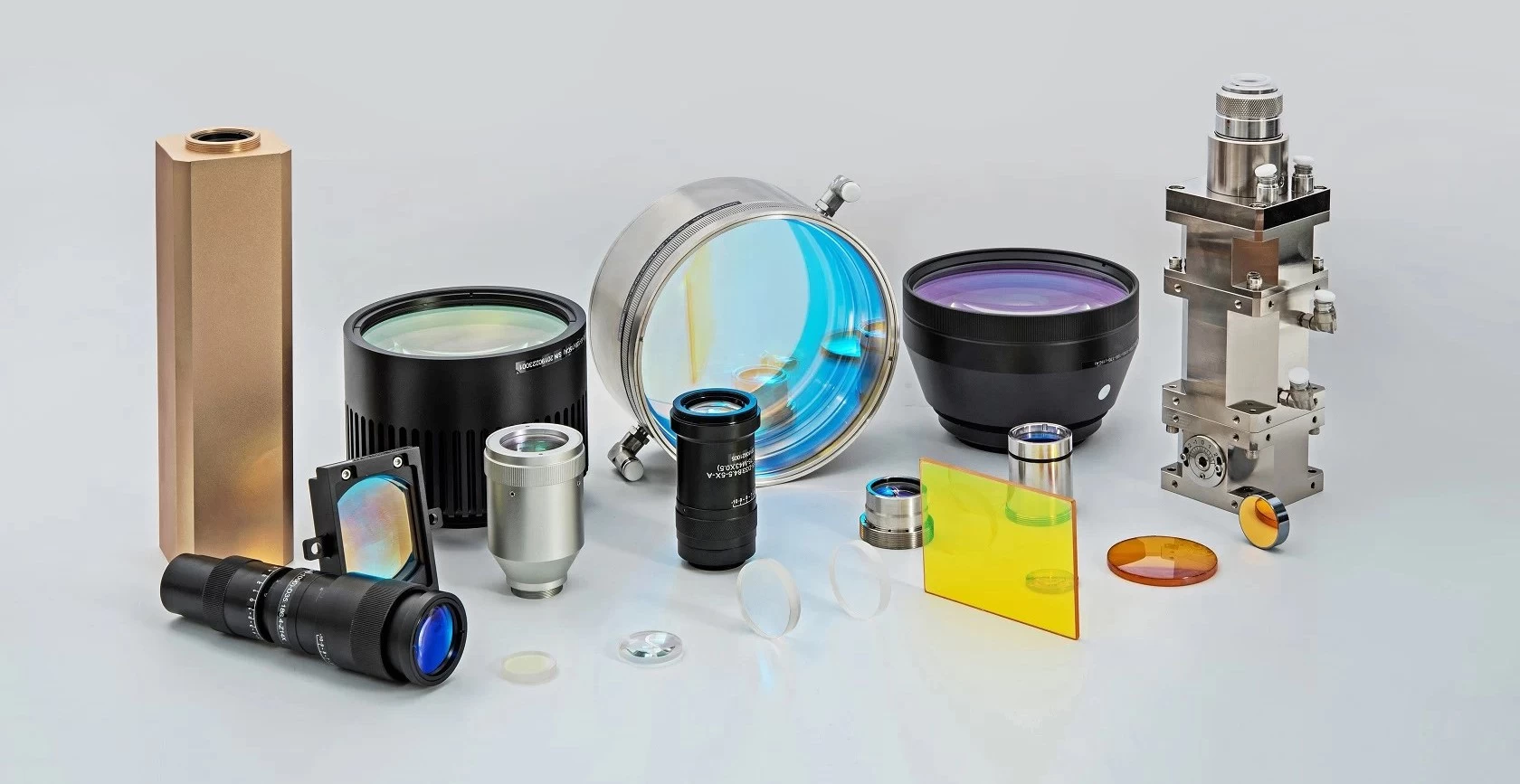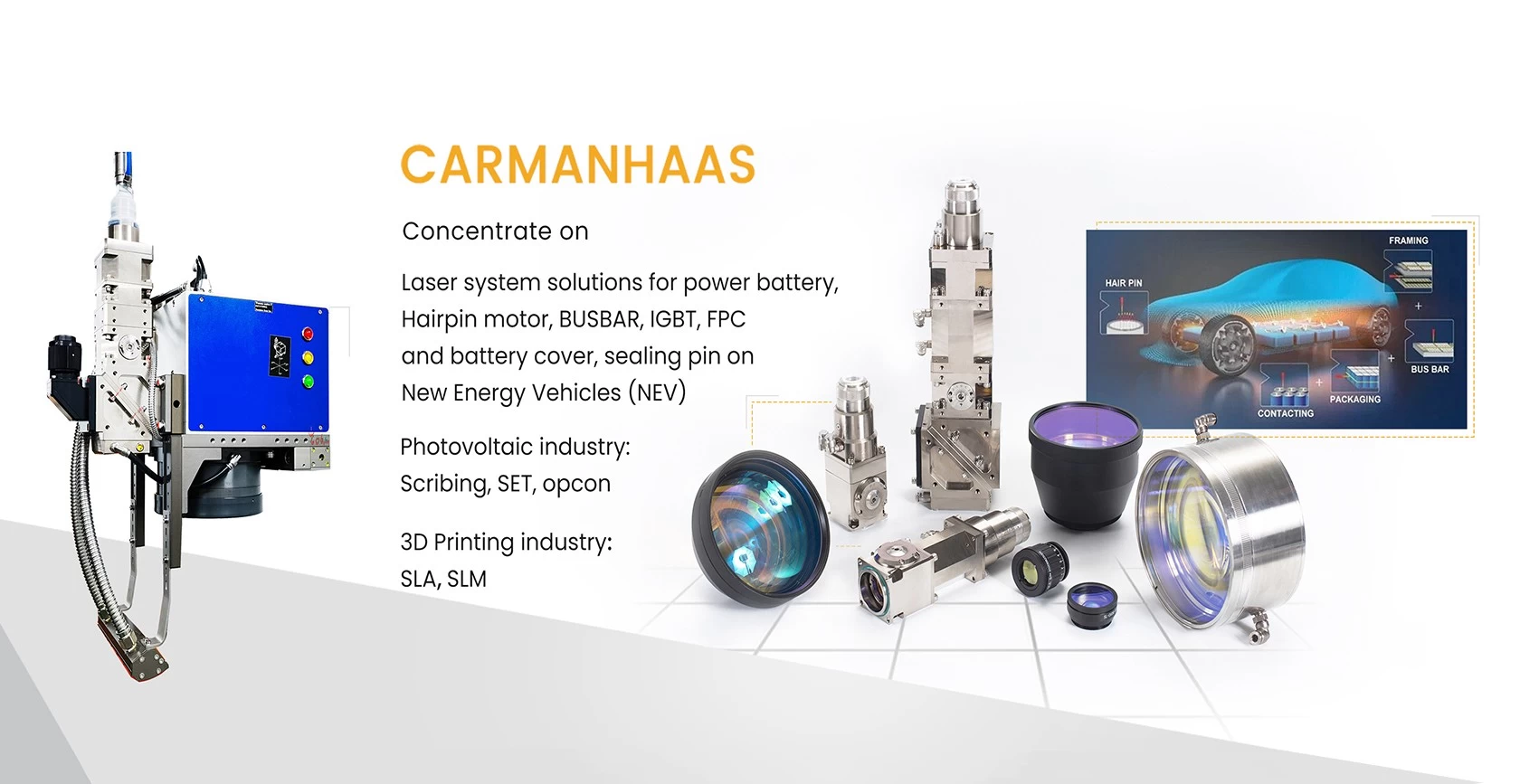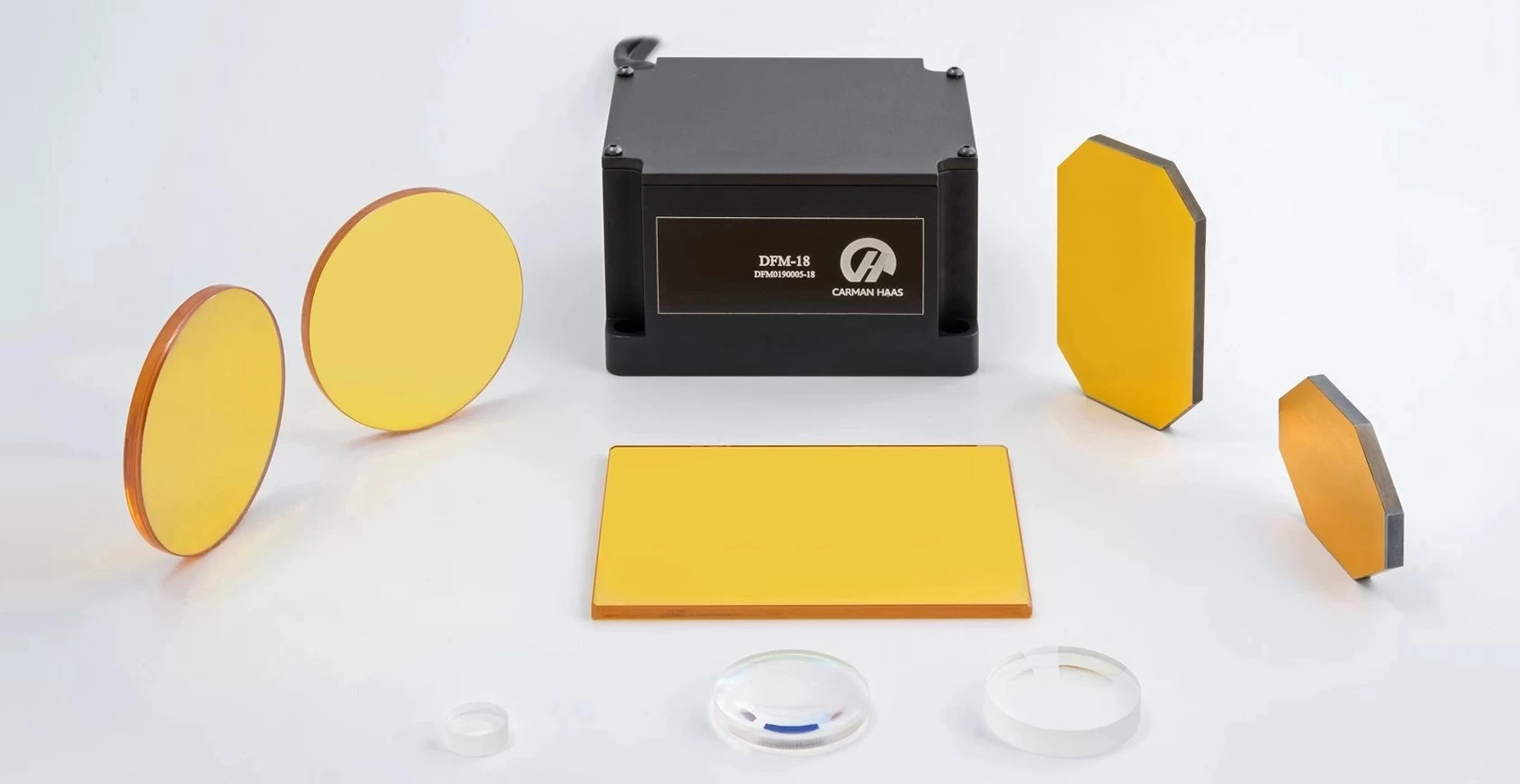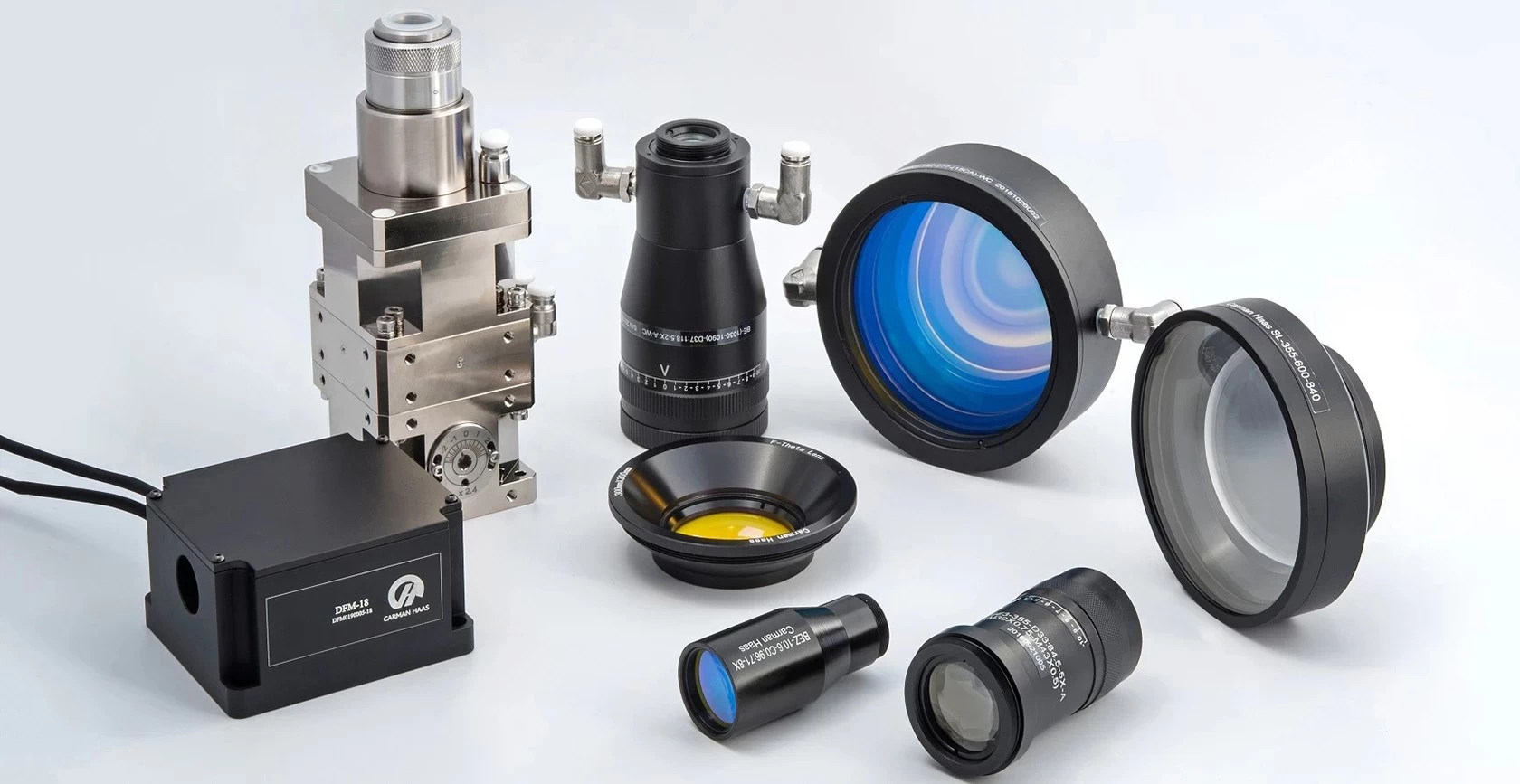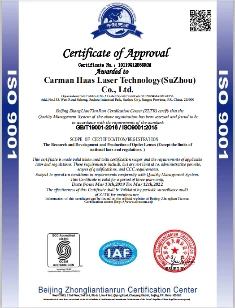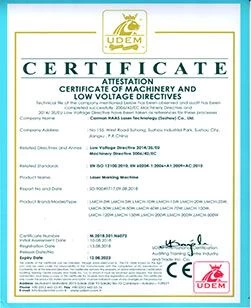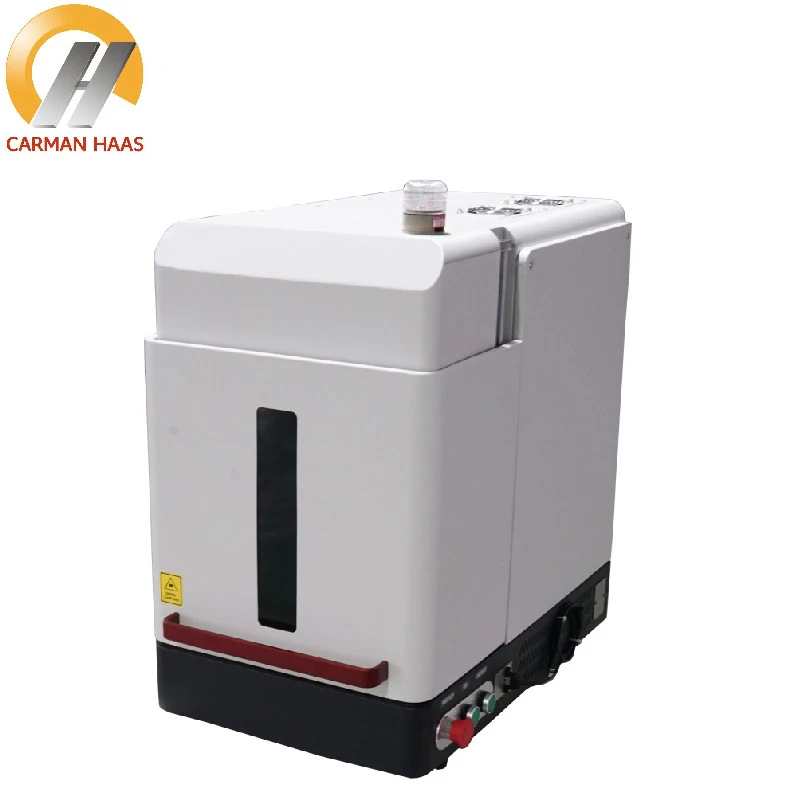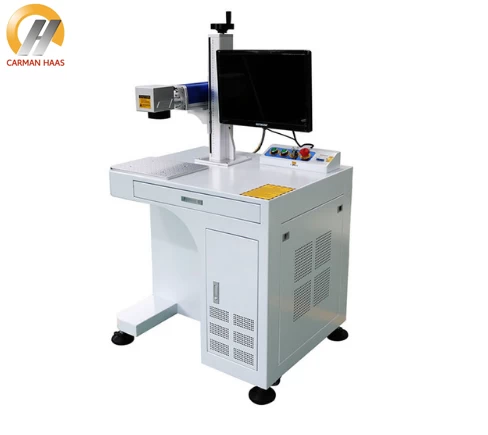Binder jetting--Metal 3D Printing
Binder jetting is a 3D printing process in which a liquid binder selectively bonds areas of the powder bed.
Binder jetting is a 3D printing technology similar to SLS and requires an initial powder layer on the build platform. But unlike SLS, which uses laser sintering powder, the binder jet moves the print head above the powder surface, depositing binder droplets that are typically 80 microns in diameter. These droplets bind the powder particles together to create each layer of the object. After printing a layer, put down the powder bed, and then spread a new layer of powder on the newly printed layer. Repeat this process until a complete object is formed. The object is then left in the powder to solidify and increase strength. After that, the object is removed from the powder bed and compressed air is used to remove all unbound powder.

(SLS Optical System in China) SLS 3D Printer Nylon material printing for Additive manufacturing Processing
Technical features:
Type of 3D printing technology: Binder Jetting (BJ)
Material: sand or metal powder: stainless steel/bronze, full color sand, Silesia (sand casting)
Dimensional accuracy: ±0.2mm (metal) or ±0.3mm (sand)
Common applications: functional metal parts; full-color models; sand casting
Advantages: low cost and large amount of construction; functional metal parts
Disadvantages: mechanical properties are not as good as metal powder bed fusion
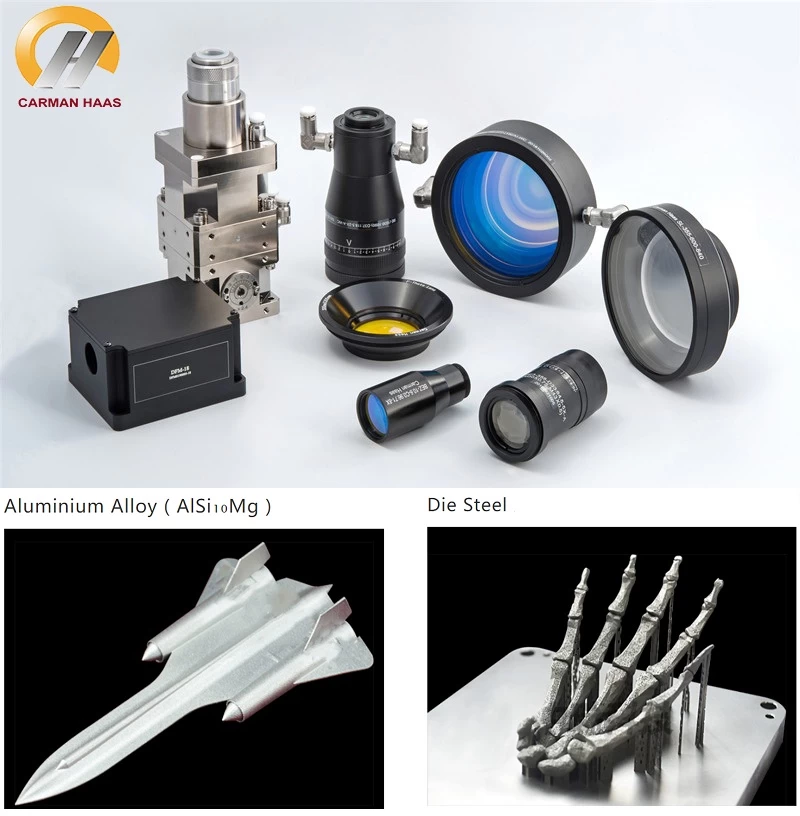
Selective Laser Melting (SLM) Optical System for 3D Printing and Additive manufacturing Processing QBH Optical Modul Supplier China
Metal binder injection
Binder jetting can also be used in the manufacture of metal objects. The metal powder is bonded with a polymer binder. The use of binder jet technology to produce metal objects can produce complex geometric shapes, far beyond the capabilities of traditional manufacturing techniques. However, functional metal objects can only be produced through secondary processes such as infiltration or sintering. The cost and quality of the final result usually define which secondary process is most suitable for a particular application. Without these additional steps, the mechanical properties of parts made by spraying with metal binder will be poor.



